Last year, we started our series of articles around the theme “Produce better, produce usefully, produce less!”.
You will find the link to the 1st article “Produce Better” Here , however, is a little reminder of the facts.
Faced with the climate and social emergency that is emerging, we, companies and industrialists, must not remain indifferent. We cannot continue with the model of "business as usual" where the company only cares about its profitability, without taking into account its usefulness and impact.
As product manufacturers, we need to ask ourselves three essential questions:
- Produce better – the subject of the previous article
- Producing useful things – the subject of this article
- Producing less – the subject of a future article, where we will talk about our future strategy around the circular economy, and the economy of functionality and cooperation
What does it mean to produce something useful?
First of all, a little warning. Those who know us know this very well, but it is important to remind us here.
We do not claim to give lessons or to say that we do better than others. We try, at our level and in all humility, to make our contribution thanks to our know-how, always setting ourselves the most ambitious objectives to participate in the ecological and social transition.
We are in a process of continuous improvement and we do not consider ourselves to be flawless at all.
1. Produce something useful, then!
In our transformation into Mission-Driven Company (through our parent company, Altyor), we have a statutory objective called “Contribution”.
This objective precisely questions this question, admittedly very subjective, of “usefulness”.
What is my product used for? Does it provide social and/or environmental utility? Does it solve a problem? Does it contribute to the ecological transition?
In this article, I would like to focus in particular on one of our flagship products of this winter season, namely our heating actuator ( ON/OFF Or Pilot Wire ).
The operation is very simple: it allows you to control all types of electric heating remotely and intelligently.
So, is it useful or not?
As we saw in the first article on the theme of "Producing Better", whatever the product, and in particular electronic products, they arrive on the market with a sort of ecological "debt".
In fact, to make it, it was necessary to extract materials, spend energy, use fossil fuels, etc.
In addition, this heating actuator consumes energy for its use, it continues to have a "negative" impact, every second of use. Below is an extract from the LCA (Life Cycle Analysis) of this actuator, to realize the impact of the different phases (Manufacturing, Use, etc.) on different environmental indicators.

2. So what is this product used for?
That being said, let's get back to the usefulness of this product.
As previously indicated, it is used to control, remotely and intelligently, all types of electric heating.
Critics will say that this then serves to increase the temperature of your living room without getting up from your sofa? Not really.
The main advantage of this product is that it can carefully control each radiator, based on several criteria: ambient temperature, the presence or absence of a user, the untimely opening of a window, etc.
Why do it? To heat spaces at the right time, to ensure user comfort, but also and above all to avoid waste. The watchword of this product is to offer an energy efficiency solution.
Studies show that installing such a device in an apartment, a house, or even offices, can reduce the electricity bill (and therefore consumption) by 15 to 30% on average.
3. Let's do the math!
Ok, so we have a product that comes with an ecological debt, that consumes energy to operate, BUT that saves energy.
So ultimately, is it a gain or a loss? Is it better with or without the product? Is my product “useful.”
To do this, there is nothing better than doing the calculations, or as our Anglo-Saxon neighbours say: “Do the math”.
Here are our hypotheses:
- 100m2 house, 5 bedrooms, electric heating in all rooms, i.e. an electricity consumption of approximately 9,360kWh/year.
- Installation of an intelligent heating control system (based on 5 NodOn actuators + 1 gateway)
- Taking into account the national average of energy savings obtained through home automation solutions, i.e. 18%
The calculations:
- The above assumptions are as follows: with our system and over a 10-year lifespan, we can save up to 9,360Wh 10 years 18% = 16,848 kWh in a 100m2 house. This represents the consumption of 1.8 years for our house, but also 110,000km in an electric vehicle, or the energy produced by 50m2 of solar panel, in the south of France, over 1 year.
- Life cycle analysis (LCA) of our heating actuator, as well as ADEME data on the gateways, indicate a CO2e impact of 25.9kg for the 5 actuators, and 193.17kg for the gateway. That is a total of 219kg of CO2e.
The results:
Okay, we're starting to get a headache, so let's move on to the results!
- My carbon footprint: 219kg of CO2e , considering a lifespan of my system of 10 years.
- My gain: 16MWh over 10 years , or 1,130kg of CO2e (taking an average French power factor).
We can therefore quantify the emissions avoided by our system at the level of 911kg of CO2e/system, over a period of 10 years .
Let's take these results with a pinch of salt, however, because we can ALSO imagine that in 10 years the efficiency of electric radiators will increase, and therefore that the 18% gain could perhaps decrease.
Beyond the figures, the idea here is to show that the question of “Producing Usefully” is essential to each time a product is put on the market.
We can now delve deeper into the study, looking at ALL indicators, not just global warming. Making some assumptions that seem realistic to us, here are the results:

We observe that for the vast majority of indicators, we manage to counterbalance the stages of manufacturing and use of the product by its usefulness once on the market (energy savings).
We find the factor*4 for the global warming indicator, expressed above in CO2e.
4. Conclusion
We can therefore see from these calculations that this electric heating control product, if used wisely, allows for significant energy savings, and therefore environmental gains.
However, if we take a closer look at the chart above, we see that a large majority of the indicators are in the "green", but not all of them.
Indeed, the one concerning material resources and minerals remains in the red. The more new products we produce, the more pressure we put on our planet, whatever the energy gain that follows.
This essential point is a crucial component of our energy transition. It is about not replacing one (climatic) catastrophe with another (the depletion of our planet's resources).
This brings us to the 3rd and final article in this series – Produce Less – because it is essential to question our economic models, and ultimately to produce less to reduce the pressure on our ecosystems.
But I'll stop there for now.
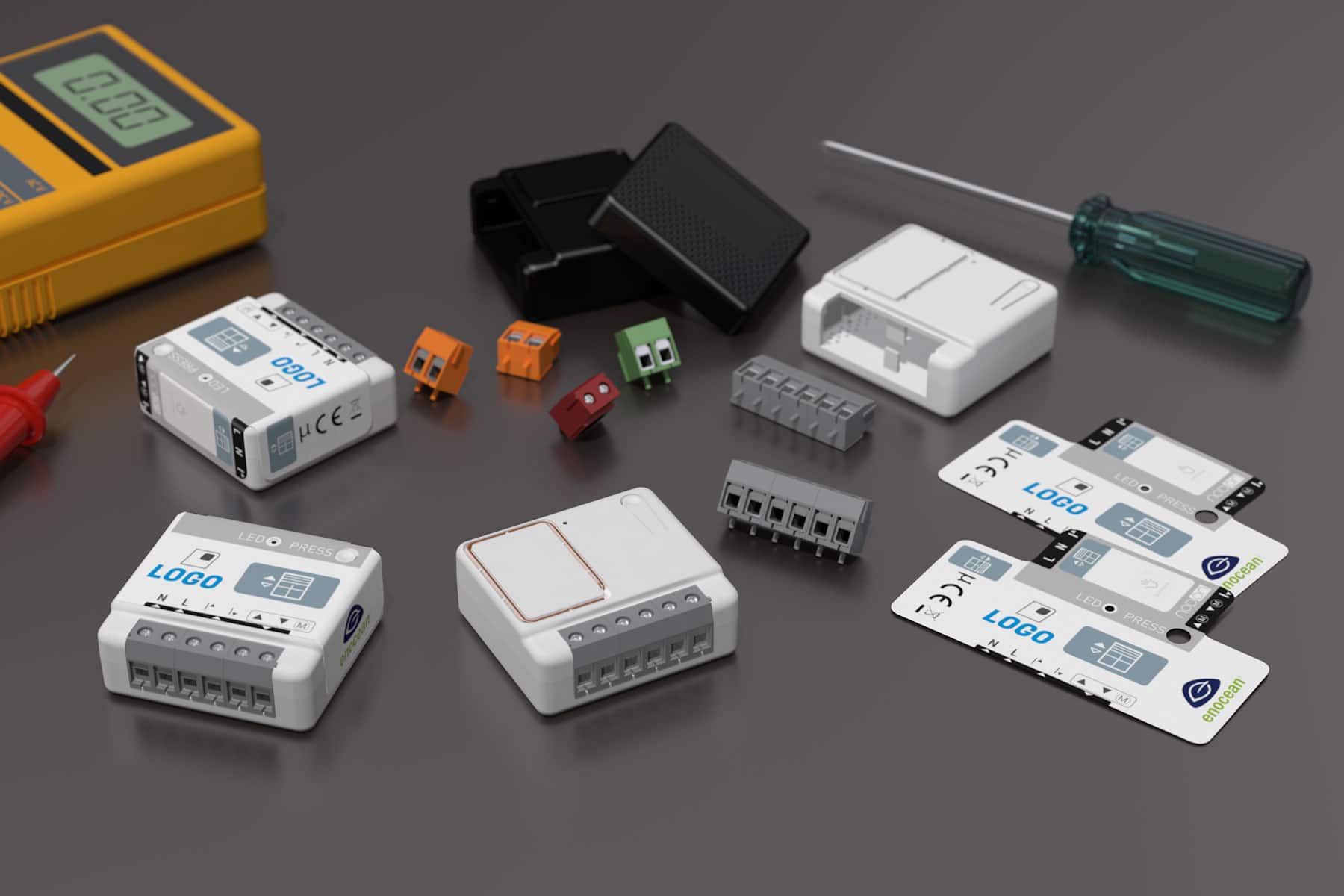
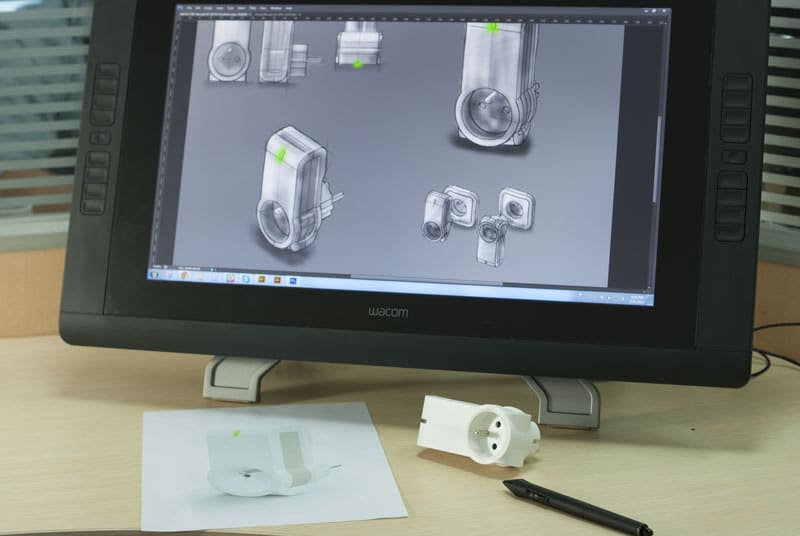
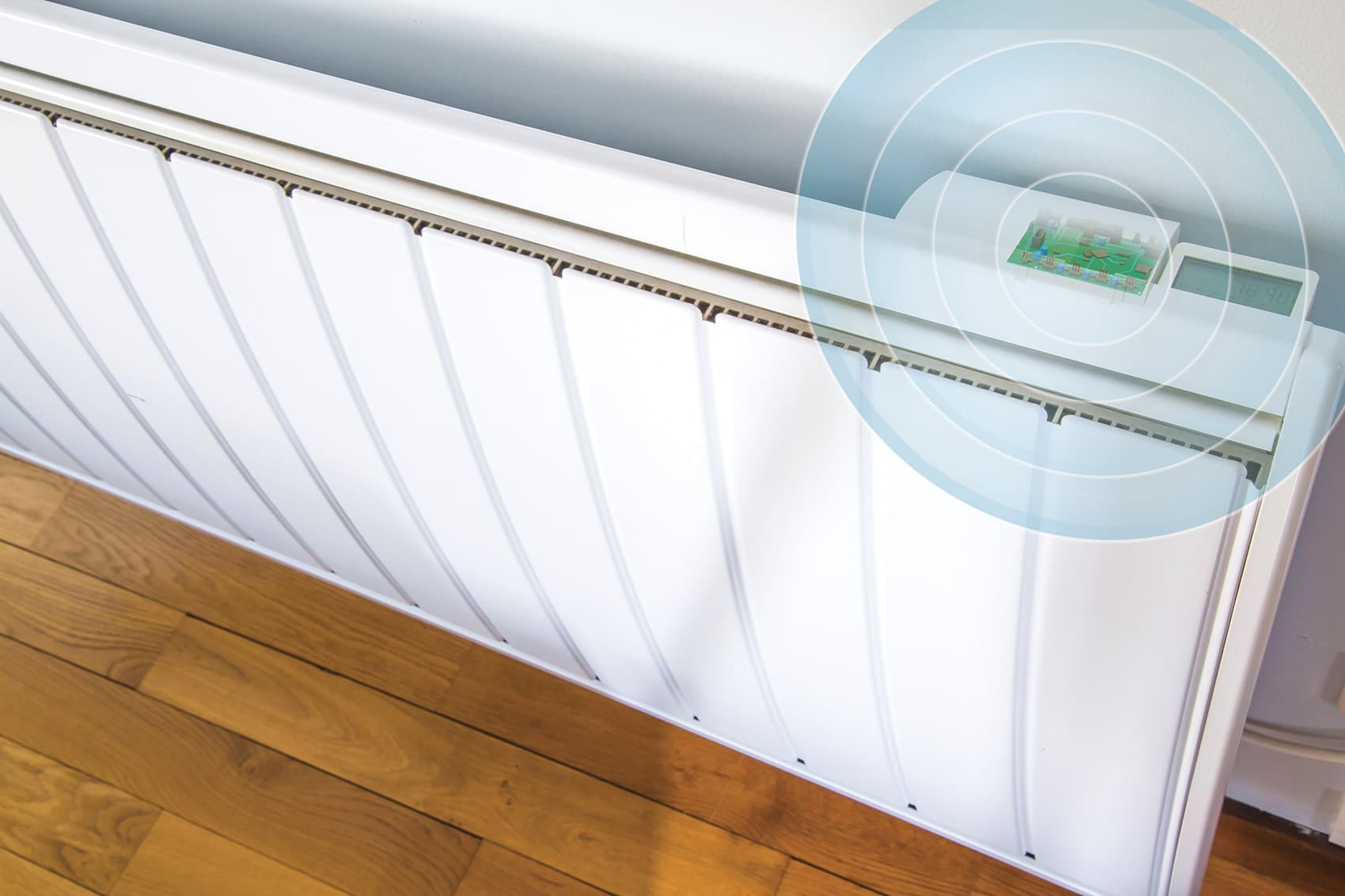
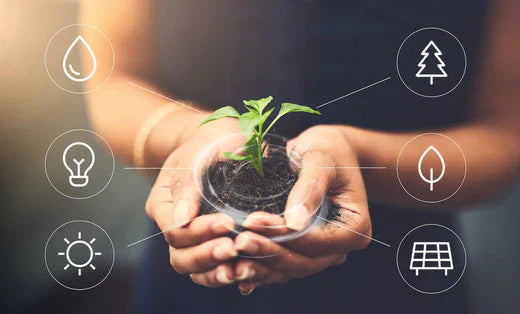

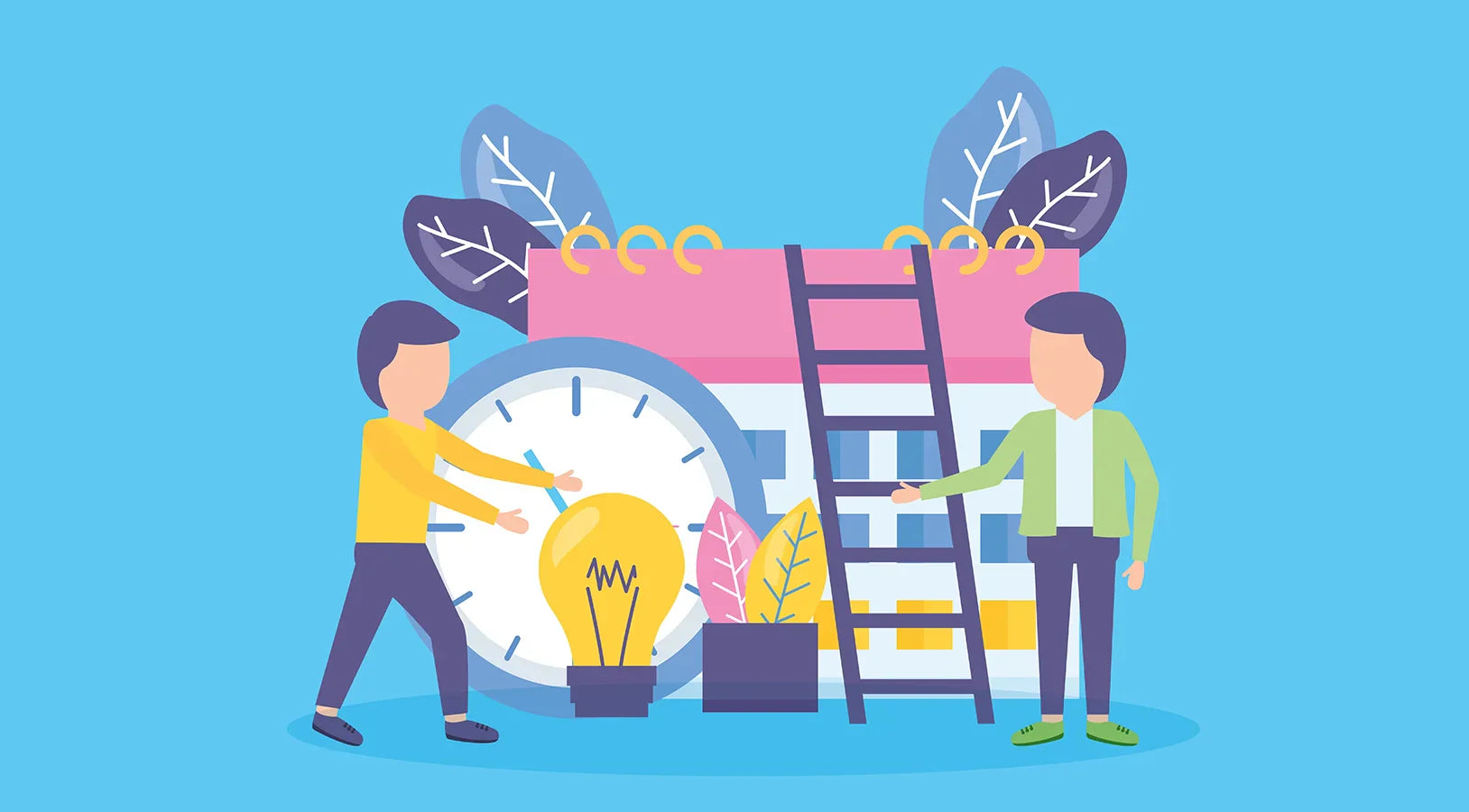
Leave a comment
This site is protected by hCaptcha and the hCaptcha Privacy Policy and Terms of Service apply.